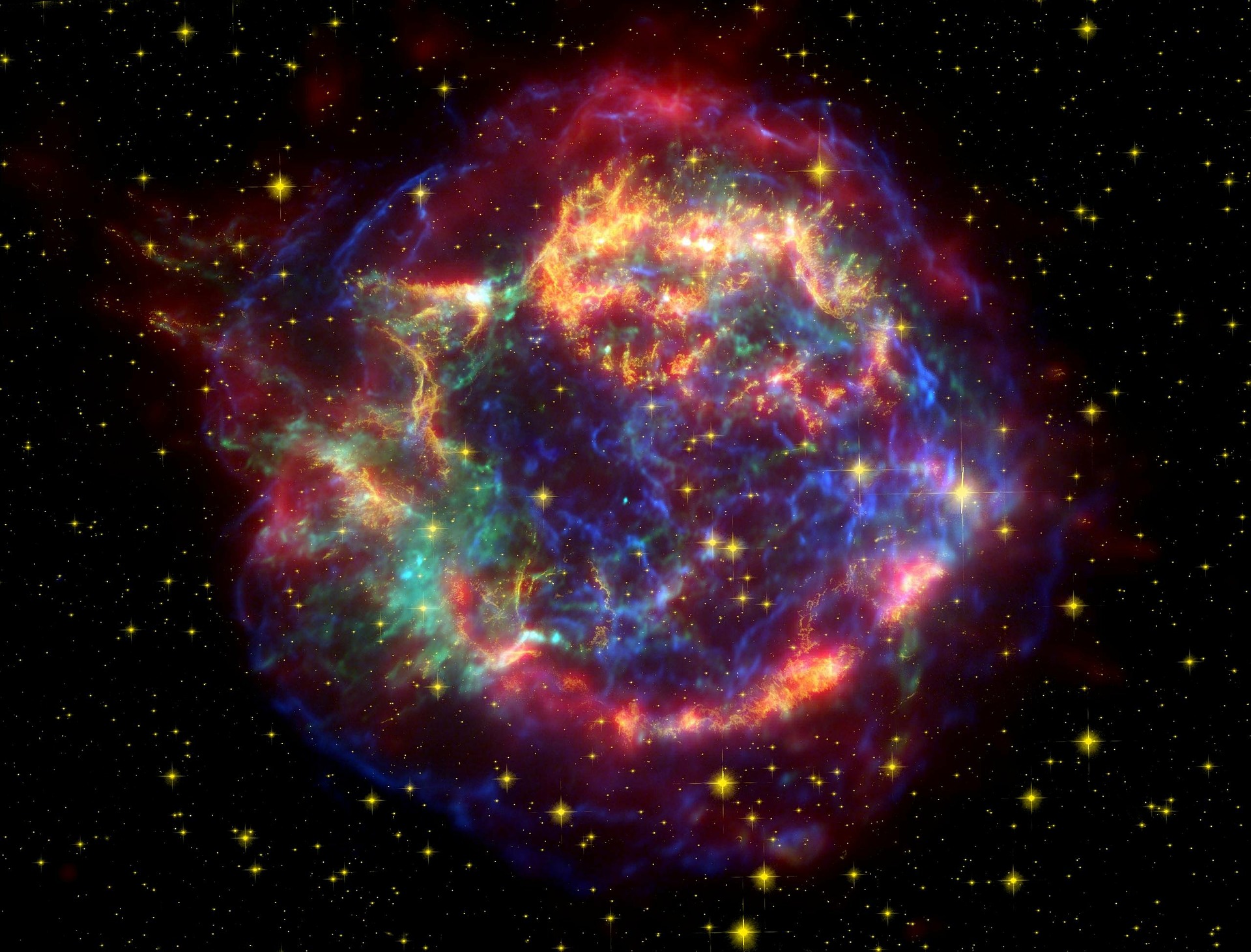Roman Mission to reveal cosmic mysteries: NASA

NASA has planned Roman Mission to reveal cosmic mysteries.
As we know, the universe has uncountable mysteries waiting to be revealed by humans. Adding a brick to the task, NASA has planned to use its upcoming Nancy Grace Roman Space Telescope to observe thousands of exploding stars called supernovae across vast stretches of time and space. Astronomers have aimed to peer into several cosmic mysteries using these observations as it will provide a window onto the universe’s distant past and hazy present.
According to NASA, Roman’s supernova survey will help clear up clashing measurements of how fast the universe is currently expanding, and even provide a new way to probe the distribution of dark matter, which is detectable only through its gravitational effects. One of the mission’s primary science goals involves using supernovae to help pin down the nature of dark energy, which is an unexplained cosmic pressure that’s speeding up the expansion of the universe.
NASA officials claim that Roman could revolutionize our understanding of the universe by narrowing down possible explanations. But they say that the dark energy is just one of the many topics the mission will explore!”
Roman Space Telescope will use various methods, including surveying the sky for a type Ia supernova, to investigate dark energy. Type Ia supernovae is a special type of exploding star.
Usually, supernovae occur about once every 50 years in our Milky Way galaxy. But Astronomers say that type Ia supernovae are much rarer, happening roughly once every 500 years in the Milky Way. They say type Ia supernovae originate from some binary star systems that contain at least one white dwarf. A white dwarf is the small, hot core remnant of a Sun-like star.
Astronomers have found evidence that the dwarf may siphon material from its companion. This ultimately triggers a runaway reaction that detonates the thief once it reaches a specific point where it has gained so much mass that it becomes unstable. Similarly, they have also found evidence involving two white dwarfs that spiral toward each other until they merge. If their combined mass is high enough that it leads to instability, they, too, may produce a type Ia supernova.
These type Ia supernovae are also called standard candles. Standard candles are objects or events that emit a specific amount of light, allowing scientists to find their distance with a straightforward formula. With the help of that, astronomers can determine how far away the supernovae are by simply measuring how bright they appear.
Roman will also be used to study the light of these supernovae to find out how quickly they appear to be moving away from us. Scientists want to trace cosmic expansion over time by comparing how fast they’re receding at different distances. They say it will help them understand whether and how dark energy has changed throughout the history of the universe.
Previous type Ia supernova surveys had concentrated on the relatively nearby universe, largely due to instrument limitations. But Roman’s infrared vision, gigantic field of view, and exquisite sensitivity will dramatically extend the search, allowing astronomers to spot thousands of distant type Ia supernovae.
As mentioned by NASA, the mission is to study dark energy’s influence in detail over more than half of the universe’s history. Exploring this relatively unprobed region are expected to help scientists add crucial pieces to the dark energy puzzle. For the study, Roman will provide extremely precise measurements.
Through the study, scientists will find a new way to probe how dark matter is clustered throughout the universe. Learning more about the matter that makes up the cosmos will help scientists refine their theoretical model of how the universe evolves.
Likewise, the study will help the scientists know how the universe is expanding today. And, providing more information on mysterious dark matter, the Roman mission will deliver an avalanche of data to astronomers seeking to solve these and other longstanding problems. With its ability to help solve so many cosmic mysteries, Roman is hoped to become one of the most important man-made tools for studying the universe.
The Nancy Grace Roman Space Telescope is managed at NASA’s Goddard Space Flight Center in Greenbelt, Maryland.
Source: NASA


